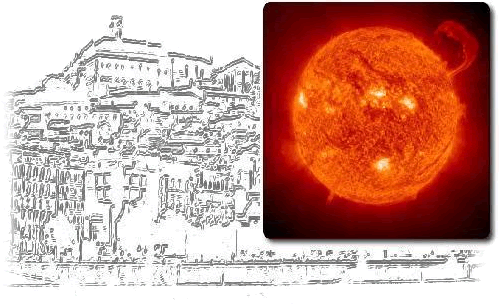|
|
|
|
|
|
|
|
|
|
|
|
|
Bogyeong Kim, Ms. - MSc. |
|
Department of Astronomy, Space Science and Geology, Chungnam National University, South Korea |
|
|
|
|
|
|
|
Session 4 - Poster |
|
Temporal variations of Solar and Interplanetary conditions for the last 4 decades |
|
B. Kim (1), J. Lee (2), S. Oh (3), Y. Yi (1) ; 1 - Department of research and education for Astronomy, Space, and Geology, Chungnam National University, Daejeon, South Korea,
2- Department of Physics and Astronomy, Seoul National University, Seoul, South Korea, 3 - Department of Earth Science Education, Chonnam National University, Gwangju, South Korea |
|
|
|
There are many parameters representing the conditions of space environments.
Those are modulated in general by Solar Cycle (SC) defined by sunspot number temporal variation. However, all parameters do not
have same cyclic features. Thus, we compare the temporal variations of solar, interplanetary, geomagnetic (SIG) parameters with
that of open solar magnetic flux from 1976 to 2014 (from Solar Cycle 21 to the increasing phase of Cycle 24) in order to identify
the possible relationships. We investigate which component of solar magnetic multipoles best correlates with the SIG parameters.
As results, the dynamic pressure of the solar wind is strongly correlated with the solar magnetic dipole flux, which varies
in anti-phase with SC. Other solar activity indices such as the sunspot number, total solar irradiance, 10.7cm radio flux,
and solar flare occurrence and highly correlated with quadrupole component. The geomagnetic activity represented by Ap index
is correlated with higher order multipole components, which show relatively a lagged time variation with SC. Given these results,
we suggest that the continuous observation of solar photospheric field and calculating the multipole components of the open solar
magnetic field at the source surface may complement forecasting the geomagnetic activity intensity long term trend |
|
|
|
|
|
|
|




 









 |



